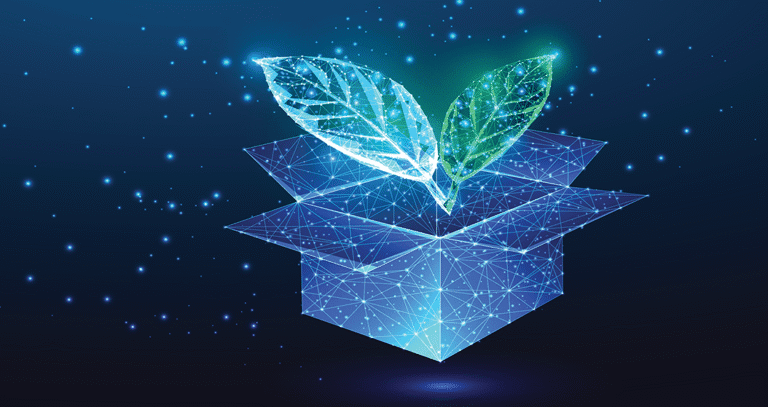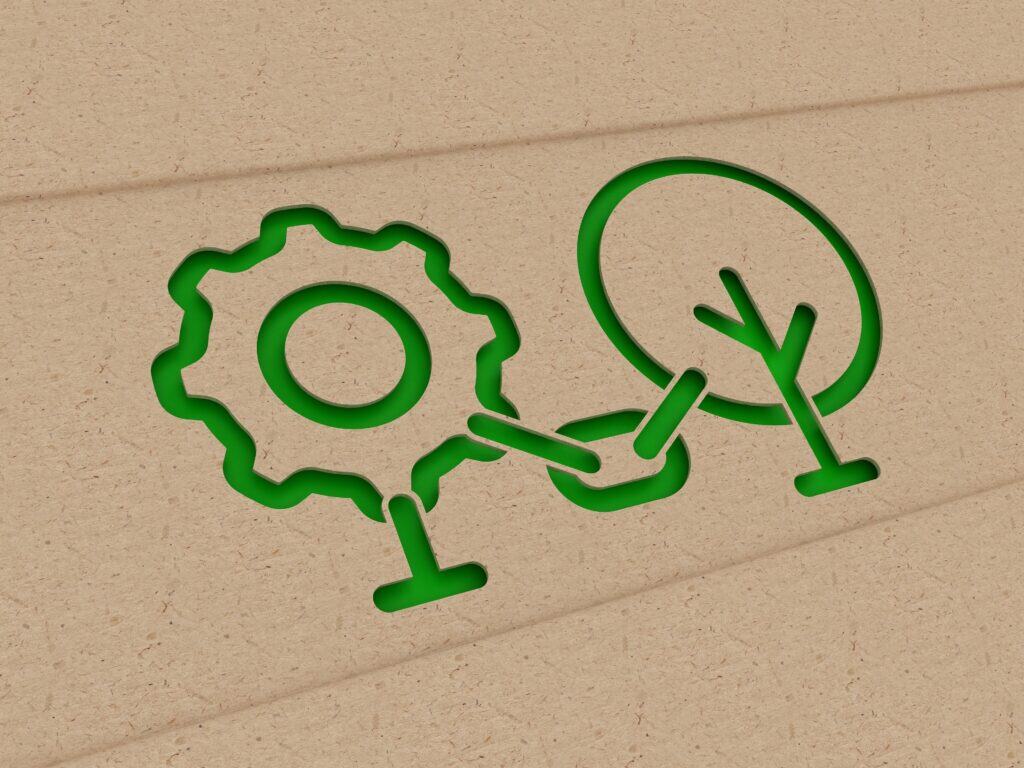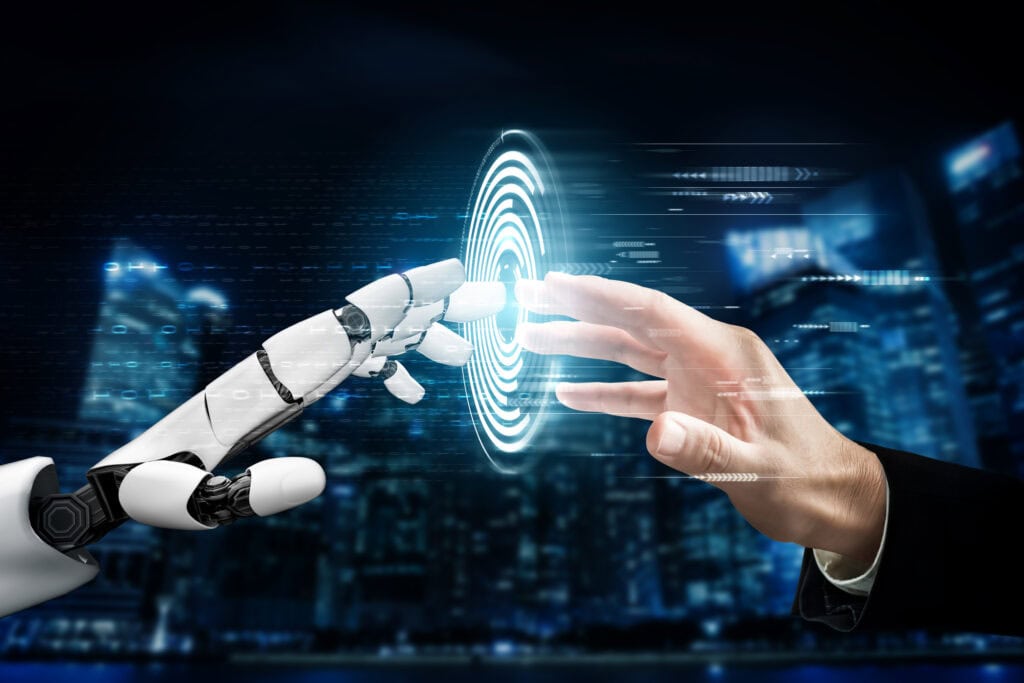
In our previous blog article on combining Digital and Sustainability transformations, we shared how aligning both strategies can unlock greater value for businesses.
Within the digital context, the impact of Artificial Intelligence (AI) on industrial future has been frequently discussed.
If used correctly, AI can be a powerful enabler of shared value for businesses, customers and the Environment.
This is because AI can analyze vast amount of data to carry out complex tasks – aiding businesses in making better, faster and more sustainable decisions.
The following are some of the ways AI can reshape packaging value chain for a low carbon future:
Optimization for Operational and Sustainability Excellence
Generative AI can help identify opportunities for reducing waste, emission and resource use in a supply chain through optimization algorithms.
For example, AI can help automate systems’ energy consumption by forecasting demand and adjusting energy supply using weather patterns and energy usage trends – thus, improving energy efficiency. [1]
AI can also help improve recycling processes during production and support circularity by designing reuse and recycling solutions for end of product life cycles.

AI is leading a new age of industrial efficiency which leads to cost efficiency and improved sustainability performance.
Enhanced Customer Experience for a Low Carbon Future
AI can map customer experiences and devise solutions for enhancing customer experience at each brand touchpoint.
Packaging itself is an important touchpoint for the end customer. AI algorithms can help improve packaging design to improve user experience – creating benefits for the entire downstream value chain. AI can also identify optimal material structures and composition for packaging design to reduce Environmental impact.

Thus, AI can enhance customer value and Environmental value.
AI still requires Human Touch
A core idea in Toyota’s lean manufacturing philosophy is ‘Jidoka’ – which translates to “automation with a human touch”. It allowed machines and operators to work together towards identifying and solving problems [2].
Similarly, people are still required to provide quality data for AI. While AI can provide ideas and structure for a solution, we humans need to verify the solutions and apply the right solution for the right context. AI models are known to consume vast amount of energy. Therefore, it is in our hands to use AI efficiently and purposefully towards solving complex problems.

In conclusion, AI can enhance customer experience and sustainability in the packaging value chain. However, its real power lies in collaboration with humans. Humans and AI need to work together in solving complex problems.
As we move forwards, we should ask ourselves: How can we combine Artificial Intelligence with the sound judgement of people to build a sustainable future?
